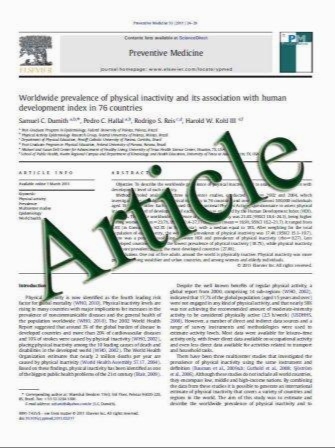Dual-energy CT with tin filter technology for the discrimination of renal lesion proxies containing blood, protein, and contrast-agent. An experimental phantom study
- نوع فایل : کتاب
- زبان : انگلیسی
- مؤلف : Christoph Karlo & Arno Lauber & Robert Paul Gِtti & Stephan Baumüller & Paul Stolzmann & Hans Scheffel & Lotus Desbiolles & Bernhard Schmidt & Borut
- چاپ و سال / کشور: 2010
Description
Purpose To differentiate proxy renal cystic lesions containing protein, blood, iodine contrast or saline solutions using dual-energy CT (DECT) equipped with a new tin filter technology (TFT). Materials and methods 70 proxies (saline, protein, blood and contrast agent) were placed in unenhanced and contrast-enhanced kidney phantoms. DECT was performed at 80/140 kV with and without tin filtering. Two readers measured the CT attenuation values in all proxies twice. An 80/140 kV ratio was calculated. Results All intra- and interobserver agreements were excellent (r=0.93–0.97; p<0.001). All CT attenuation values were significantly higher in the enhanced than in the unenhanced setting (p<0.05; average increase, 12.5±3.6HU), while the ratios remained similar (each, p>0.05). The CT attenuation of protein, blood and contrast agent solution differed significantly with tin filtering (p<0.01–0.05). Significant differences were found between the ratios of protein and blood compared to contrast medium solution (each, p<0.05) and between the ratios of protein and blood in both phantoms with tin filtering (each, p<0.05). Conclusion DECT allows discrimination between a proxy renal lesion containing contrast agent and lesions containing protein and blood through their different attenuation at 80 kV and 140 kV. Further discrimination between protein and blood containing proxies is possible when using a tin filter.
Eur Radiol (2011) 21:385–392 DOI 10.1007/s00330-010-1926-0 Received: 14 June 2010 / Revised: 25 July 2010 / Accepted: 4 August 2010 / Published online: 15 August 2010


